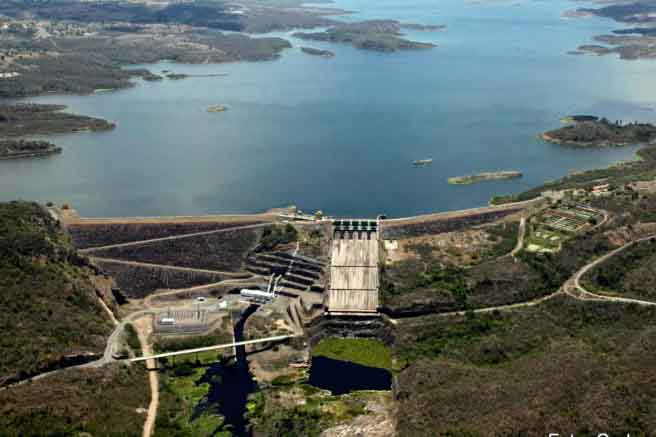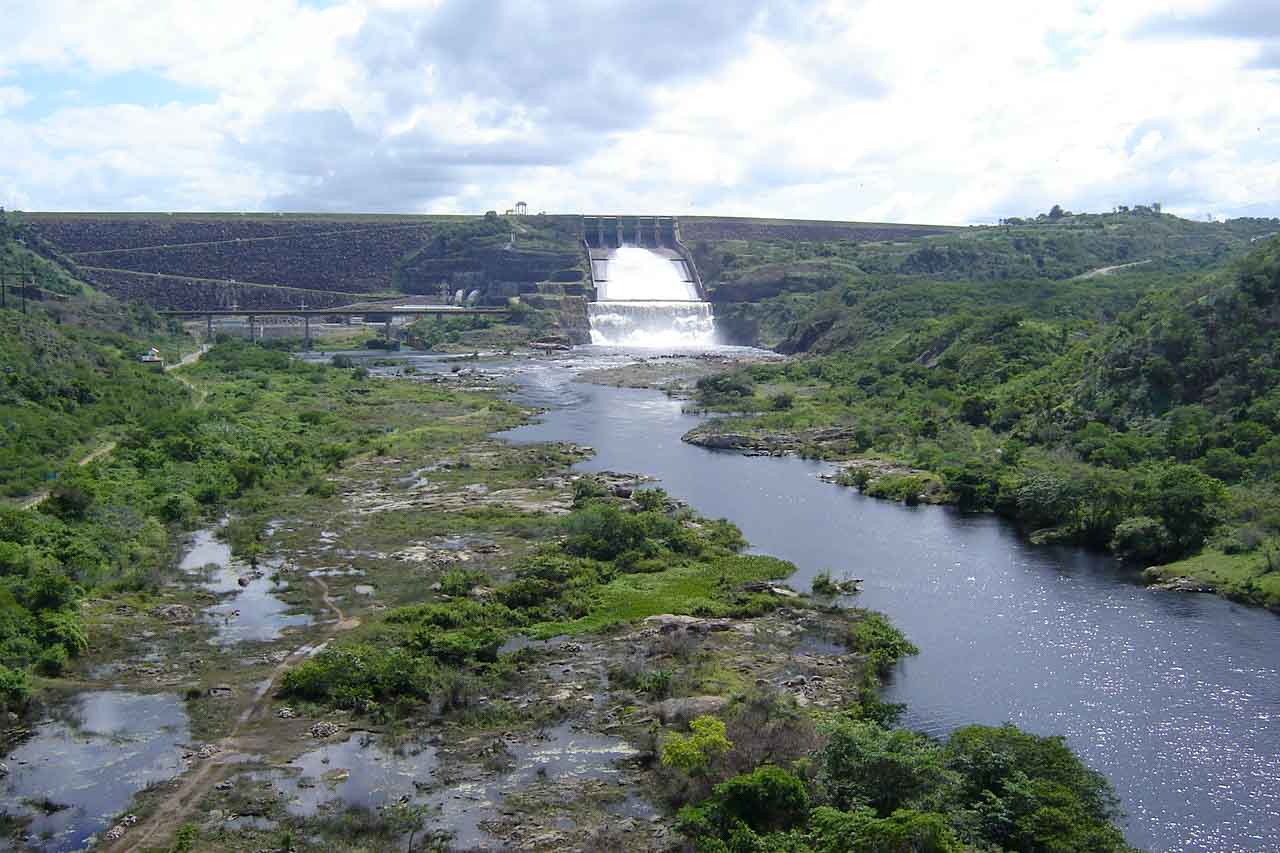Hydropower, Bahia, Brazil
Bereits seit 1985 gibt es ein Wasserreservoir am Fluss Paraguaçu für die Wasserversorgung von Salvador da Bahia. Es schützt zudem die historischen Orte Cachoeira und São Félix vor Überschwemmungen. Nun wird es ohne größeren Aufwand und, vor allem, ohne extra Bau eines Staudamms auch zur Stromerzeugung genutzt: Mit 105 Metern Fallhöhe speist es zwei Francisturbinen mit insgesamt 162 MW Kapazität. Gerade hier im ärmeren Nordosten Brasiliens hat es neben dem Klimaschutz weitere Vorteile für die Anwohner und ihre Infrastruktur. Da Energie aus Wasser ohne fossile Brennstoffe erzeugt wird, gilt sie als emissionsfrei. Der Ausbau erneuerbarer Energieerzeugung ist essenziell, um die globale Erwärmung aufzuhalten und langfristig die Energieversorgung zu sichern.
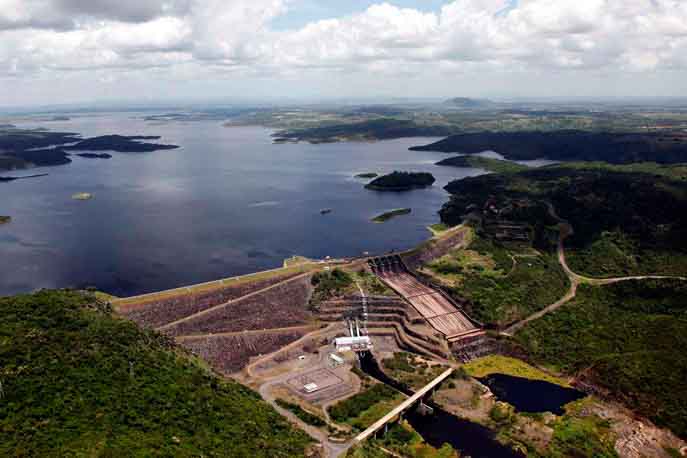
Hydropower plants use the energy of water to generate electricity. The energy is harnessed by passing water through a turbine. Under the pressure of the water, the turbine turns and transfers this energy to a generator, which converts kinetic energy into electricity. This principle applies to all types of hydroelectric power plants: from small run-of-river power plants to pumped-storage power plants on bodies of water like lakes. In many parts of the world, electricity is still primarily generated from fossil fuels. Clean hydropower can replace some of this emission-intensive energy and thus verifiably save carbon emissions. In most hydropower projects, the electricity is fed into a regional power grid, diversifying the energy supply and improving energy security in areas affected by power shortages and blackouts. Often, these projects also create jobs for the local population. Hydropower projects thus make an important contribution to clean energy supply as well as contributing to the UN Sustainable Development Goals (SDGs). Hydopower projects in the ClimatePartner portfolio are registered with international standards.
Explore our projects
Biochar for Climate Action, Healthy Soils, and Better Harvests
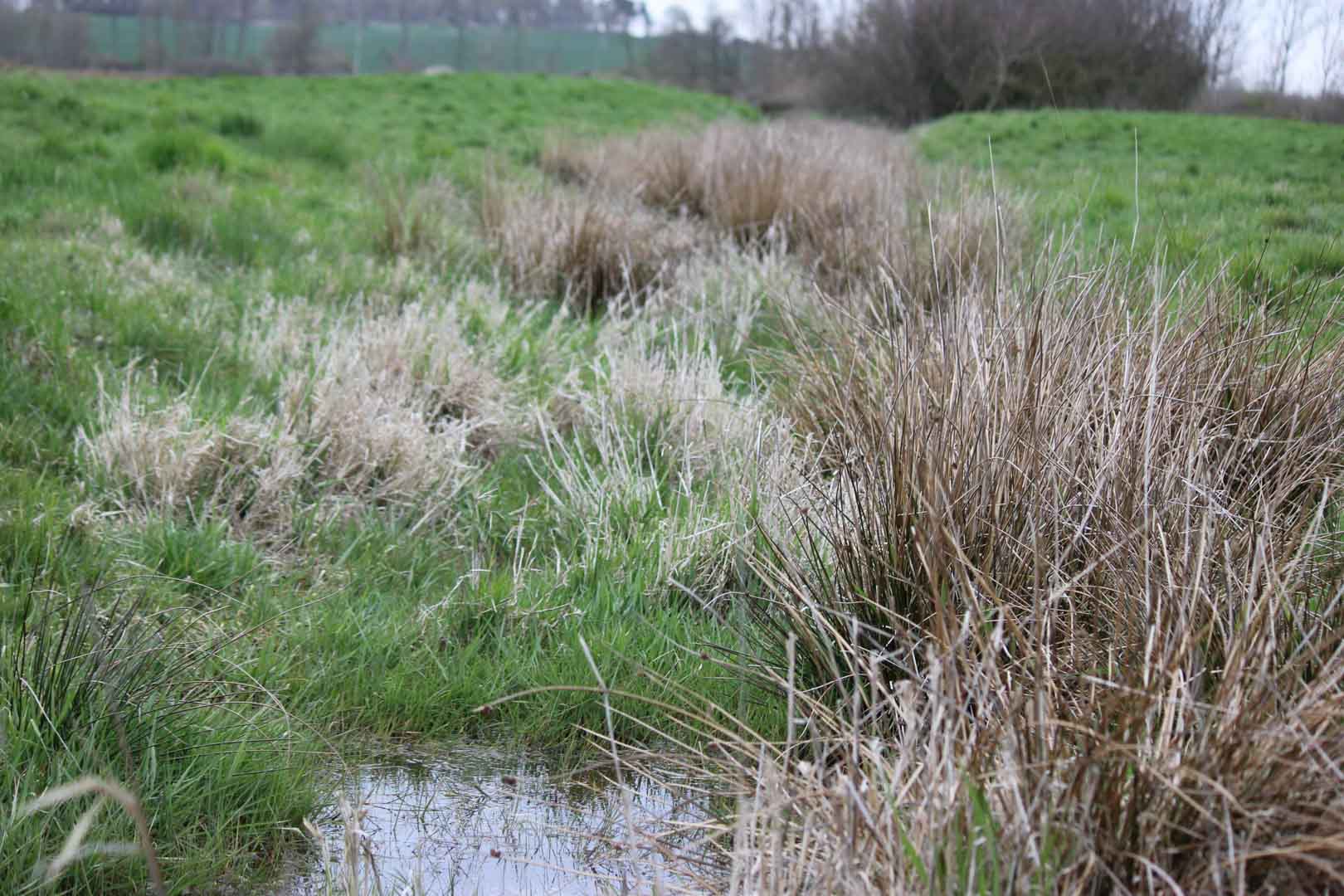
A certified climate project combined with additional commitment

Expansion of renewable energy generation in Asia
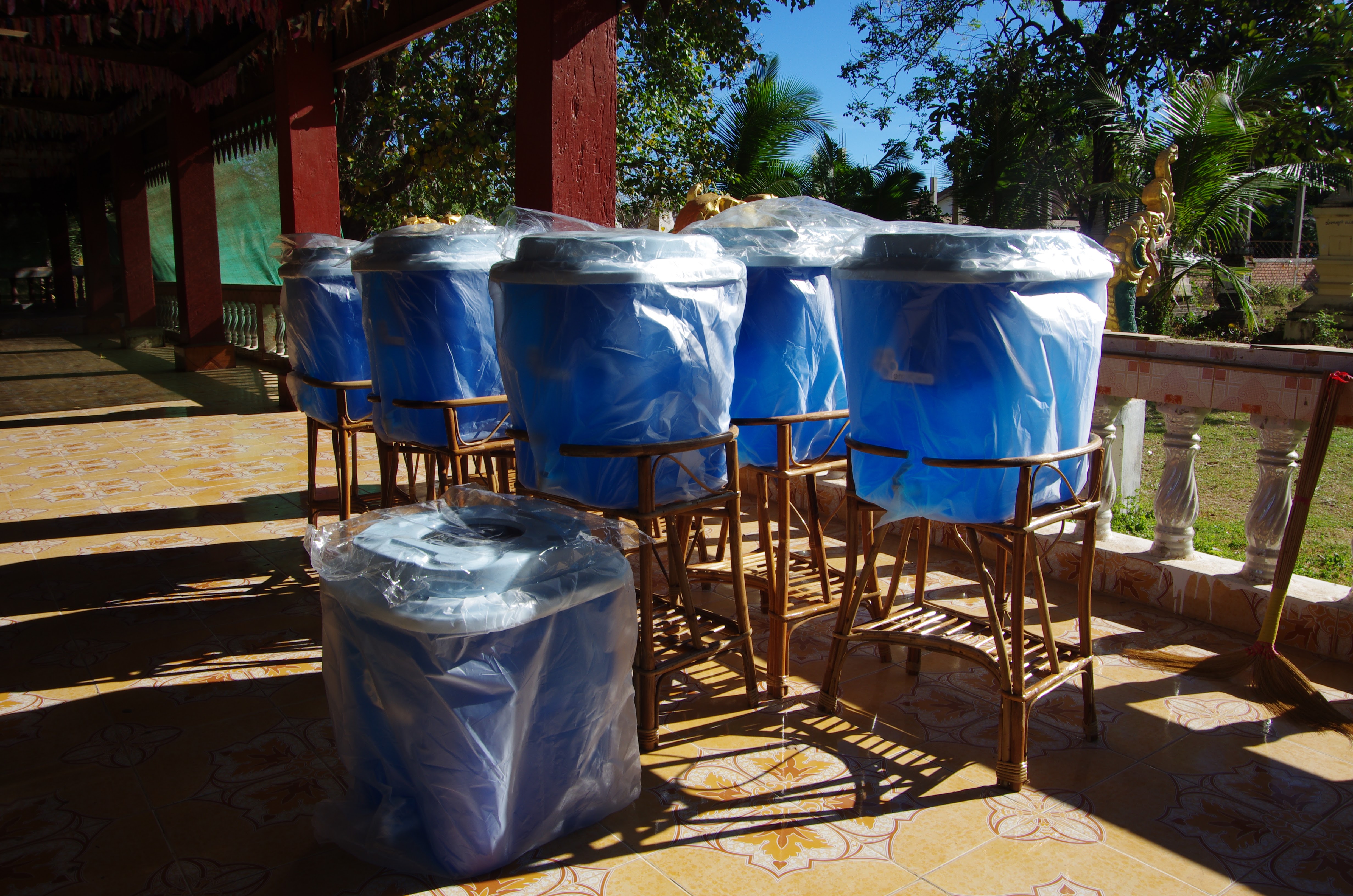
Ceramic water filters save CO2 and improve health

Improved cookstoves worldwide – for better health and cleaner air

A certified climate project combined with additional commitment
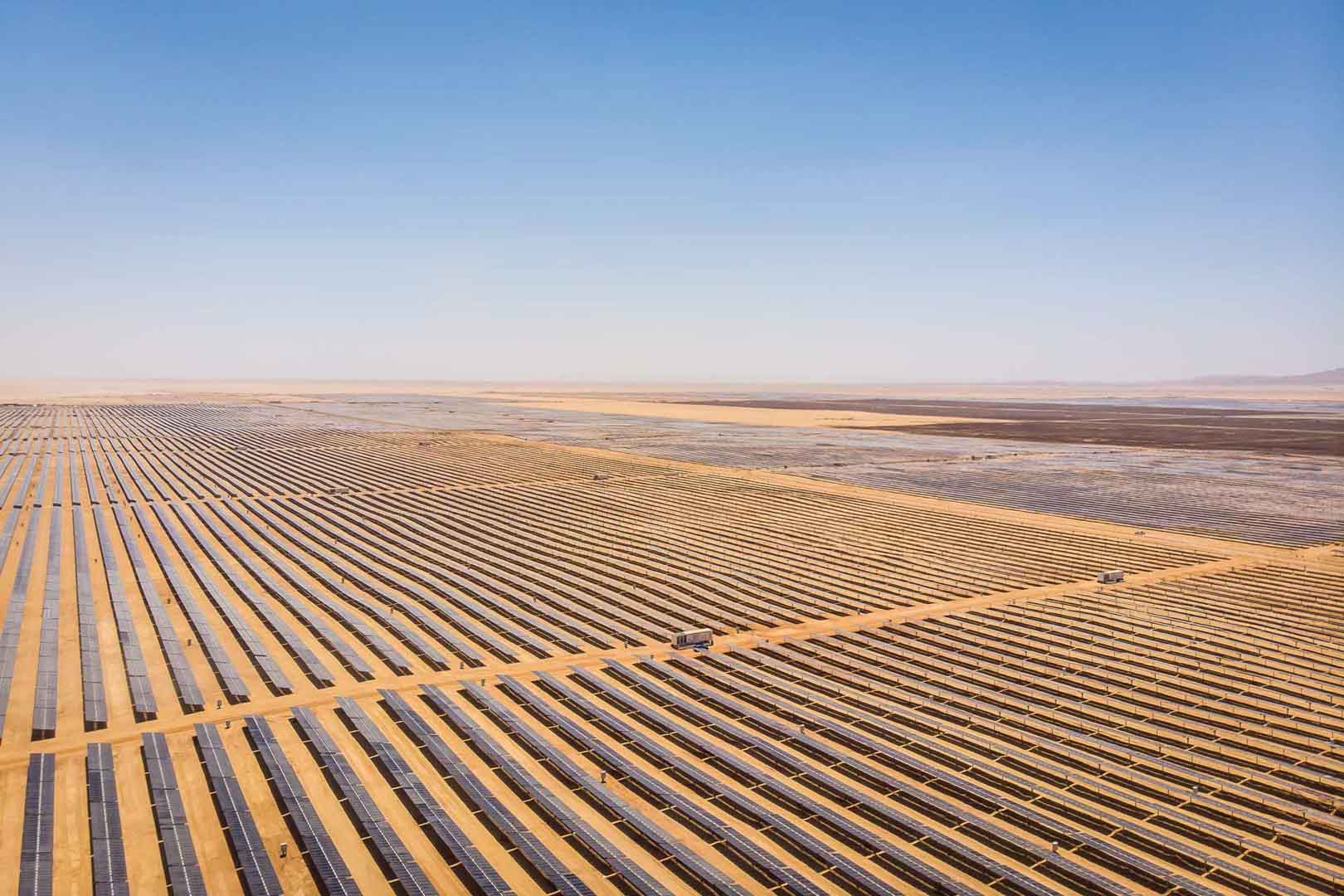
Powering access to renewable energy in Africa

A certified climate project combined with additional commitment

Restored ecosystems remove carbon
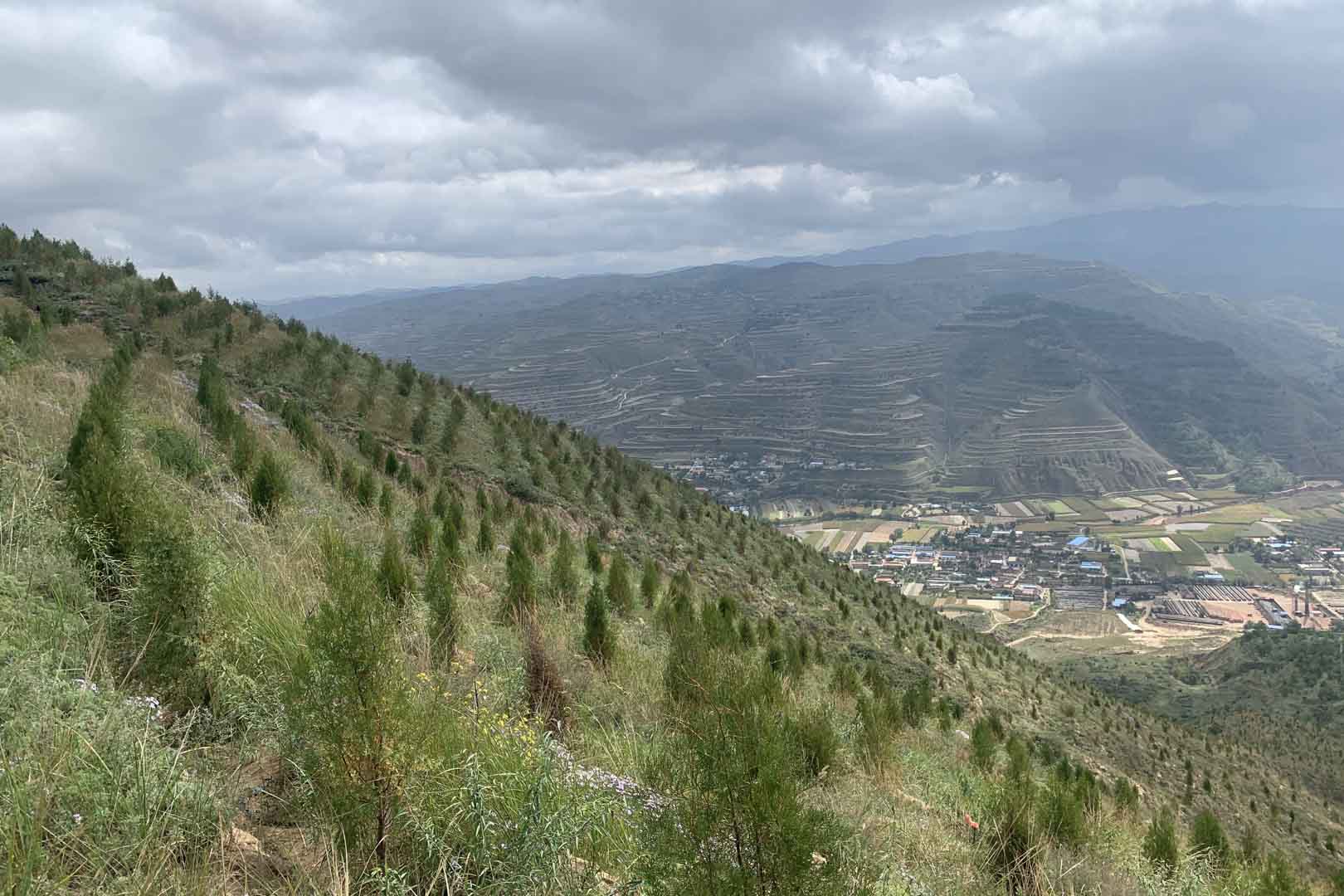
Turning degraded farmlands into healthy ecosystems

Improved cookstoves - better for health and the environment

